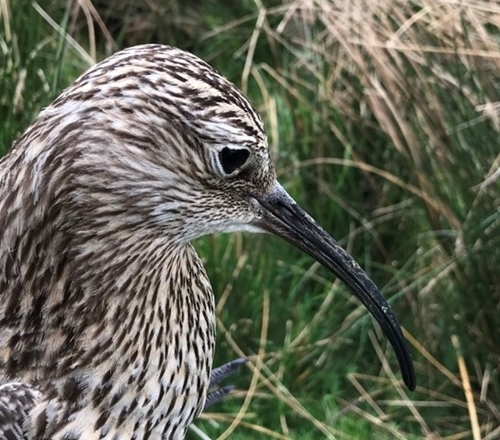By Dave Parish, GWCT Head of Scottish Lowland Research
The plight of waders breeding in the UK is well known. All of our familiar species are in serious decline and we hear frequent warnings about local extinctions for some of them. Undoubtedly the prime causes of decline are a loss of quality habitats due to changes in land use and, most importantly today, increased losses of eggs and chicks to a variety of predators that are increasing in abundance. But there are still questions to answer: what are the relative impacts of different predators? How can these be managed? What are the most important features in the landscape for waders and how do they exploit them at different times of year?
GWCT is working hard to help these vulnerable species. At our research and demonstration farm, Auchnerran in Aberdeenshire, we are fortunate to have thriving populations of lapwing, oystercatcher and curlew. Each year we conduct regular counts on the farm and surrounding areas to keep tabs on numbers, and where we can, we monitor breeding success as far as possible – helped greatly by trail cameras which capture vital information that is otherwise hard to come by. We also catch some adults to fit tags to them which allow us to follow their movements in unprecedented detail over long periods. All of this means we can adapt our management of the farm in light of the information at hand.
As previously reported for lapwing, this year saw an unusual peak in predation on all our waders, resulting in the lowest nest-survival rates we have recorded to date. We will report in greater detail on this shortly. On the plus side, we were able to catch and tag a number of waders again after Covid-19 put paid to that activity in 2020. With help from the gamekeepers on the neighbouring estate, we tagged two curlew (one on the grouse moor and one on the farm) and four oystercatchers nesting in our pastures and game crops.

One of our tagged curlew about to be released
We plan to expand this tagging effort in future years as this allows us to follow the movements of individuals in great detail, shedding light on their wintering quarters, the routes they take to them and important stop-off areas, and how they move around their breeding sites. All this helps us understand how to direct conservation efforts and scarce resources to maximise our impact. We’ve made significant progress to date and are just beginning to analyse the data. In the next couple of years we hope to implement a landscape-scale management plan to help these struggling birds.
We are grateful for the support of:
